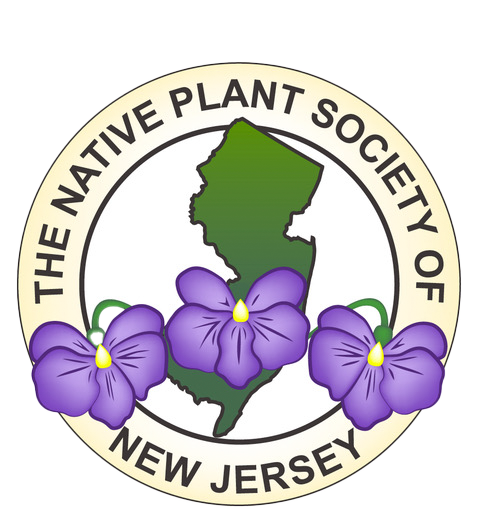
- This event has passed.
2023 Annual Meeting
Earth. Wind. Fire. Water.
March 4, 2023 @ 8:30 am – 4:00 pm
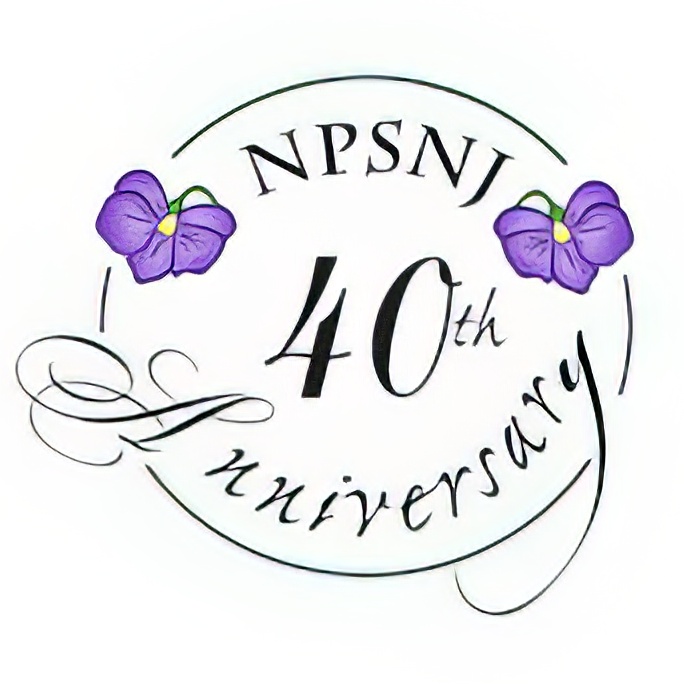
The Native Plant Society of New Jersey welcomes you back you to our annual meeting, held in person for the first time since 2020 and, virtually on Zoom.
Our focus is the elements: soil, water, air, and fire. Featured speakers will be experts in each of these areas. A short business meeting with votes on both elected officials and our plants of the year will also be an important part of the meeting.
Tickets:
Both In-Person and Virtual/Online Tickets can be purchased at the links below. Tickets will not be available any other way.
Current Members (anyone who purchased a membership since November 1 of 2022) should have received a discount code via e-mail. You will enter the appropriate code on the last screen).
Admission Fee:
In-person at Ocean County College
$50 members, $75 non-members *
(continental breakfast and lunch will be served for attendees).
In-person tickets also come with online viewing in case you can’t make it.
Purchase in-person tickets here.
Virtual/Online
$10 members, $20 non-members
Purchase virtual/online tickets here.
Both events are capped and we expect the in-person event to sell out. The virtual event may sell out as well.
All ticketholders will be able to watch the event online afterward (this may take a week or so to get online!).
Members who renew their membership or join after February 6 will be sent the discount codes in the receipt they receive after joining.
No refunds after February 24, 2023.
* Sharp eyes will notice that it costs exactly the same to join the NPSNJ as a member and attend the in-person conference at the member rate as it does to attend the in-person conference at the non-member rate! So join here.
Tentative Schedule
8:50
Welcome – Randi Eckel, President, NPSNJ
9:00 – 10:30
Kristi MacDonald, Director of Science at Raritan Headwaters
Urban Biodiversity: The New Jersey Meadowlands
10:30-10:45
Break
10:45 – 12:00
Becky Laboy, Education Outreach Specialist, Ocean County Soil Conservation District
Soil – The Foundation of Life on Earth
12:00 – 12:45
Lunch Break – Student Center, Ocean County College
12:45 – 1:15
Business Meeting
Chapter Report
Vote for Plant of the Year
Rare
Garden
Vote for Slate of Officers (No nominations from the floor)
Introduce each candidate prior to the vote
1:15 – 2:30
Sam Droege
Wild Bees are Picky: How the 450 Native Bees in New Jersey Divide up the Plant World
2:30 – 2:45
Break
2:45 – 4:00
Carlos Martinez Ramirez, Curator of Living Collections at the Da Vinci Science Center
The Fire Nation
Closing Remarks
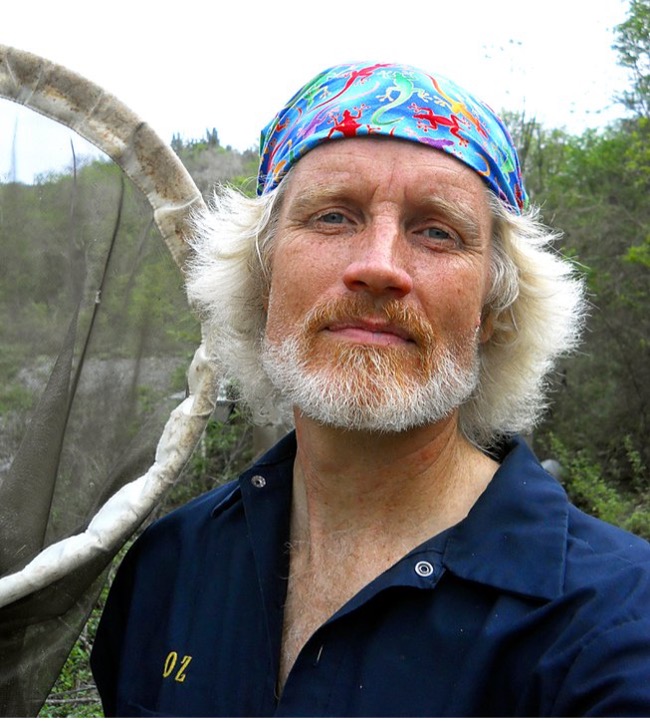
Sam Droege
Wild Bees are Picky
How the 450 Native Bees in New Jersey Divide up the Plant World
Why is there such diversity in size, shape, color, odor, timing of bloom in our regional plants? Its all about the bees, after 200 million years it will be no surprise that bee and plant dances have gotten more and more complex. We will explore those dances which vary from intimate slow dances of one bee and one plant to giant parties where all the bees in the neighborhood gather in a bacchanal of pollination. Perhaps I have carried the analogy too far, but you get the point… saving bees is about saving plant diversity and putting clover in your lawn, while nice, does little to support our local wild bees. The details are fascinating.
About the Speaker
Sam Droege grew up in Hyattsville, Maryland, received an undergraduate degree at the University of Maryland and a Master’s at the State University of New York – Syracuse. Most of his career has been spent at the USGS Patuxent Wildlife Research Center. He has coordinated the North American Breeding Bird Survey Program, developed the North American Amphibian Monitoring Program, the Bioblitz, Cricket Crawl, and FrogwatchUSA programs and works on the design and evaluation of monitoring programs. Currently, his team is running an inventory and monitoring program for native bees; developing tools and techniques manuals, a bumblebee floral survey for citizens, along with online identification guides for North American bees at www.discoverlife.org, and producing public domain hi-resolution photographs of bees, insects, and flowers @USGSBIML.
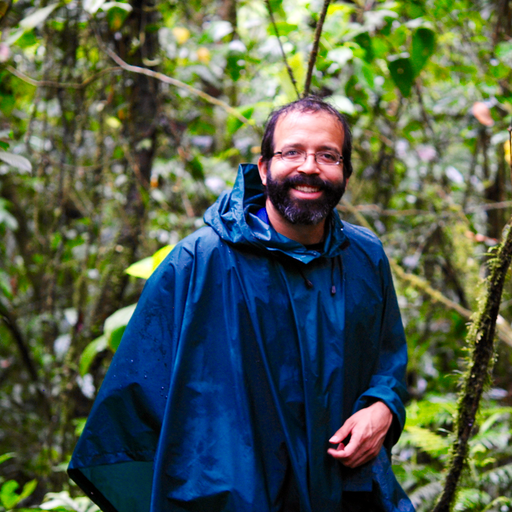
Carlos Martinez Rivera, Ph.D.
The Fire Nation
The pine barrens is the land of many things. Land of pines, land of blueberries and cranberries, land of unique plants and wild animals, land lakes and rivers, land of sand dunes, land of the Nanticoke Lenni-Lenape and the pineys. If any of this is possible, is because the pine barrens is truly the land of fire. The cultural and ecological attributes, so important for the essence of the pine barrens are possible because of the prevalence of fire in the region and the need of all life that wants to live here to adapt to it. Fire destroys and fire creates, and this continuous cycle of fire destroying invasive species and newcomers (Homo sapiens included) creates and keeps a “barren landscape where only a few can survive”. Fire prevents organic matter from creating rich and mature soils, thus preventing generalist species from getting established. The wind in some areas devoid of vegetation exposes the sandy soil, creating a unique and very biodiverse sand dune habitat, where “nothing” seems to grow. Rainwater from sandy soils and areas with open canopy percolates straight to the aquifer below our feet, creating a series of rivers, vernal pools, and wetlands that then contrasts with the dry upland areas and are somewhat protected from fire. The constant yet diverse and sometimes isolated fires, create a patchy collection of habitats that go from mature pine and pine oak forests, to pygmy pine forest, to open grasslands, to cedar swamps and wetlands, and everything in between, allowing a myriad of species to thrive in what looks like a barren land.
About the Speaker
Carlos Martinez Rivera is from Puerto Rico and completed his BS in biology with a minor in botany at University of Puerto Rico-Mayagüez (2001). He earned his PhD at U. of Missouri-Columbia (2008) studying sexual selection and evolution of frog calls in noisy, competitive environments (frog choruses) and worked with conservation projects in the coastal cloud forests of Ecuador.
Rivera then joined the Philadelphia Zoo as Curator of Amphibians and Reptiles/Amphibian Conservation Biologist. His focus was to develop and implement conservation projects for critically endangered amphibians in the Tropical Andes, Caribbean and locally. Joining the Pinelands Preservation Alliance in 2021 as Director of Conservation Science, he used science data with policymaking and outreach programs to effect conservation actions at the state, regional, and local level in NJ helping save the Pine Barrens.
Currently, Rivera is Curator of Living Collections at the Da Vinci Science Center in Allentown, Pennsylvania is planning a new Lehigh River watershed exhibit and education programs scheduled to open in April 2024 showcasing the biodiversity of plants and animals in the region and the need to protect this ecosystem.

Becky Laboy
Soil
The Foundation of Life on Earth
Life on terrestrial Earth is made possible, largely because of soil. We will explore some of the properties and processes of soil that make our planet and our gardens home to a diversity of plants, animals, and other organisms.
About the Speaker
Becky Laboy is the full-time Education Outreach Specialist with Ocean County Soil Conservation District, where she develops programs and instructs school children, scout groups and community groups on topics related to soil conservation, native plants and eco-friendly gardening. She is an adjunct professor at Kean University, where she teaches Soil Science. She also instructs the Barnegat Bay Volunteer Master Naturalist course through Ocean County College and leads birding and native plant tours with Ocean County Parks & Recreation. She has over 25 years of experience as a formal classroom teacher and informal environmental educator. Becky also serves as a co-leader for the Jersey Shore Chapter of the Native Plant Society of New Jersey. When not teaching about soil conservation and leading people on outdoor adventures, Becky can usually be found behind a pair of binoculars as an avid birder, or traversing trails in search of unique plants and wildflowers. She enjoys landscaping her own
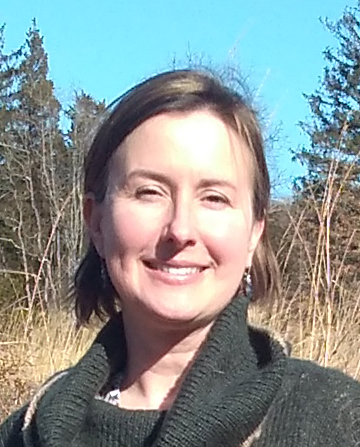
Kristi MacDonald, Ph.D.
Urban Biodiversity
The New Jersey Meadowlands
In a case study of urban biodiversity, Kristi MacDonald co-author Erik Kiviat present two decades of data and assessment of the habitats and biota of the Meadowlands. Urban Biodiversity: The Natural History of the New Jersey Meadowlands documents the mammals, birds, reptiles, amphibians, fish, butterflies, bees, dragonflies, seed plants, mosses, and lichens of the Meadowlands region and their patterns of occurrence. The work records the natural and human history of an urban-industrial region, helping decision- makers foster the biodiversity that thrives in cities and giving planners tools to reduce the biological degradation that occurs with urbanization.
About the Speaker
Kristi MacDonald is the Director of Science at Raritan Headwaters, a regional non-profit conservation organization in Bedminster, NJ (www.raritanheadwaters.org). She holds a Ph.D. in ecology and evolution from Rutgers University and has focused her research on learning how species respond to human-caused stressors. At RHA she works with a team of talented scientists to monitor, study and understand the impacts of land use and climate change on stream ecosystems. Her program works closely with municipal and other partners to implement green infrastructure, riparian restoration, and other local practices to protect ecosystems in the Upper Raritan Watershed of New Jersey, USA. Prior to joining RHA in 2015, she worked with the Wildlife Conservation Society, Hudsonia, and NY/NJ Baykeeper, and taught urban ecology at a magnet school in Newark. Kristi has studied wildlife as close to home as the New Jersey shore and as far away as islands in the Indian Ocean. She co-authored and published, with Dr. Erik Kiviat, “Urban Biodiversity – The Natural History of the New Jersey Meadowlands.”
